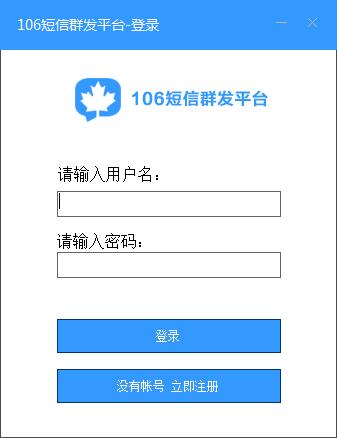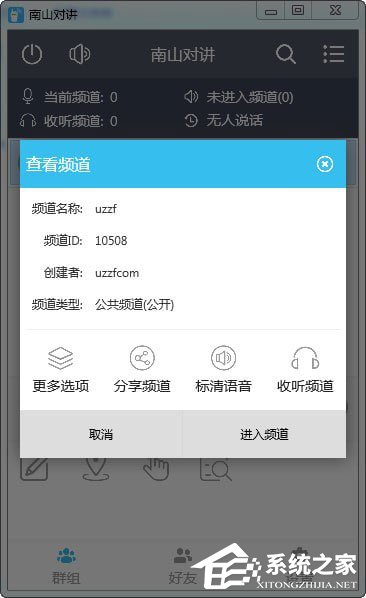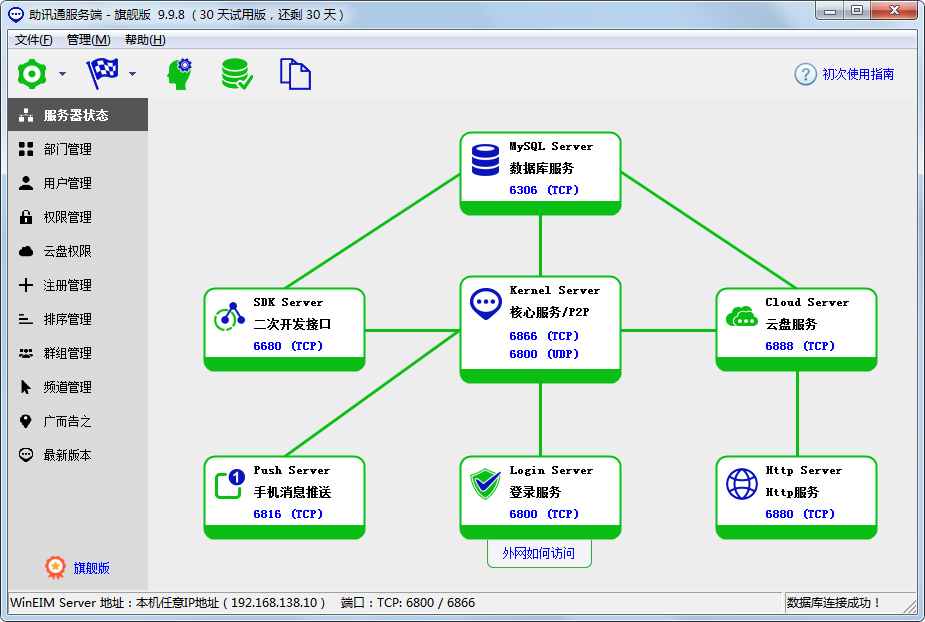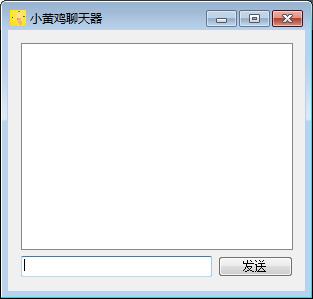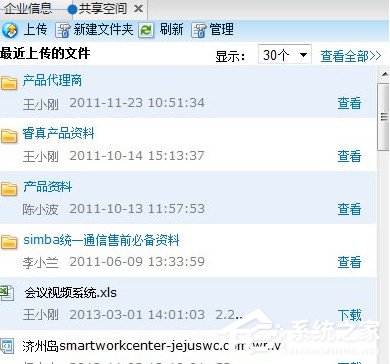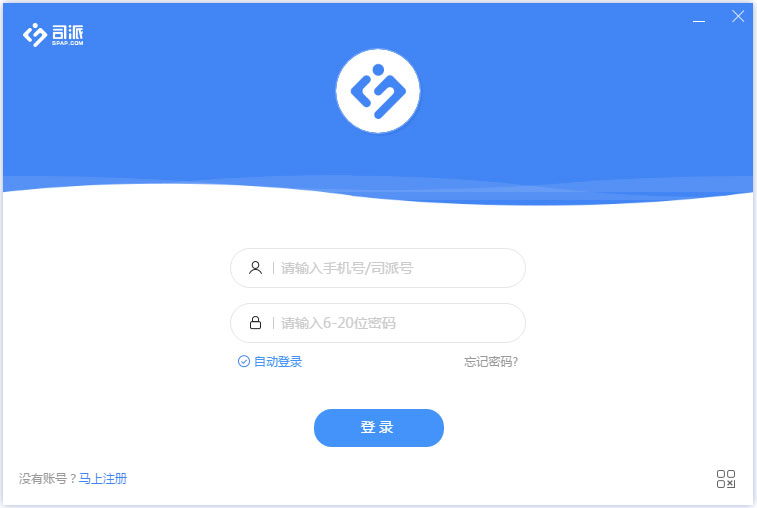oracle_执行计划_谓词信息和数据获取(access and filter区别) (转)
时间:2022-03-13 23:22
These two terms in the Predicate Information section indicate when the data source is reduced. Simply, access means only retrieve those records meeting the condition and ignore others. Filter means *after* you already got the data, go through them all and keep those meeting the condition and throw away the others.
access: 直接获取那些满足条件的数据,抛弃其他不满足的数据
filter: 你已经有了一些数据,对这些已经有的数据应用filter,得到满足filter的数据。
一:简要说明
在查看执行计划的信息中,经常会看到两个谓词filter和access,它们的区别是什么,理解了这两个词对我们解读Oracle的执行计划信息会有所帮助。
简单说,执行计划如果显示是access,就表示这个谓词条件的值将会影响数据的访问路径(表还是索引),而filter表示谓词条件的值并不会影响数据访问路径,只起到过滤的作用。
二:举例说明
SQL> create table zhou_t (x int , y int );
表已创建。
SQL> set autotrace trace exp;
SQL> select /*+rule*/ * from zhou_t where x=5;
执行计划
----------------------------------------------------------
Plan hash value: 1395150869
------------------------------------
| Id | Operation | Name |
------------------------------------
| 0 | SELECT STATEMENT | |
|* 1 | TABLE ACCESS FULL| ZHOU_T |
------------------------------------
Predicate Information (identified by operation id):
---------------------------------------------------
1 - filter("X"=5)
Note
-----
- rule based optimizer used (consider using cbo)
因为表zhou_t没有创建索引,执行计划没有选择数据访问路径的余地,谓词条件在这里只是起到数据过滤的作用,所以使用了filter
如果在表上创建了索引呢?
SQL> create index zhou_t_idx on zhou_t(x,y);
索引已创建。
SQL> select /*+rule*/ * from zhou_t where x=5;
执行计划
----------------------------------------------------------
Plan hash value: 42197324
---------------------------------------
| Id | Operation | Name |
---------------------------------------
| 0 | SELECT STATEMENT | |
|* 1 | INDEX RANGE SCAN| ZHOU_T_IDX |
---------------------------------------
Predicate Information (identified by operation id):
---------------------------------------------------
1 - access("X"=5)
Note
-----
- rule based optimizer used (consider using cbo)
从上面可以看到,谓词条件影响到数据访问的路径------选择了索引,所以用access
SQL> create table t
2 as select rownum r,object_name
3 from dba_objects
4 /
Table created.
SQL> create index t_idx on t(r);
Index created.
SQL> execute dbms_stats.gather_table_stats(user,‘t‘,cascade=>true)
PL/SQL procedure successfully completed.
SQL> set autotrace traceonly explain
SQL> select * from t
2 where r = 10000;
Execution Plan
----------------------------------------------------------
Plan hash value: 470836197
-------------------------------------------------------------------------------------
| Id | Operation | Name | Rows | Bytes | Cost (%CPU)| Time |
-------------------------------------------------------------------------------------
| 0 | SELECT STATEMENT | | 1 | 30 | 2 (0)| 00:00:01 |
| 1 | TABLE ACCESS BY INDEX ROWID| T | 1 | 30 | 2 (0)| 00:00:01 |
|* 2 | INDEX RANGE SCAN | T_IDX | 1 | | 1 (0)| 00:00:01 |
-------------------------------------------------------------------------------------
Predicate Information (identified by operation id):
---------------------------------------------------
2 - access("R"=10000)
使用的谓词是access ,访问的是索引,然后通过rowid 直接取出select结果。
SQL> select * from t
2 where r > 10000 and r < 50000
3 /
Execution Plan
----------------------------------------------------------
Plan hash value: 1601196873
--------------------------------------------------------------------------
| Id | Operation | Name | Rows | Bytes | Cost (%CPU)| Time |
--------------------------------------------------------------------------
| 0 | SELECT STATEMENT | | 40001 | 1171K| 88 (2)| 00:00:02 |
|* 1 | TABLE ACCESS FULL| T | 40001 | 1171K| 88 (2)| 00:00:02 |
--------------------------------------------------------------------------
Predicate Information (identified by operation id):
---------------------------------------------------
1 - filter("R"<50000 AND "R">10000)
使用的谓词是filter 使用的是全表扫描,过滤掉不需要的行。
SQL> select r from t
2 where r > 10000
3 /
Execution Plan
----------------------------------------------------------
Plan hash value: 3163761342
------------------------------------------------------------------------------
| Id | Operation | Name | Rows | Bytes | Cost (%CPU)| Time |
------------------------------------------------------------------------------
| 0 | SELECT STATEMENT | | 55631 | 271K| 42 (3)| 00:00:01 |
|* 1 | INDEX FAST FULL SCAN| T_IDX | 55631 | 271K| 42 (3)| 00:00:01 |
------------------------------------------------------------------------------
Predicate Information (identified by operation id):
---------------------------------------------------
1 - filter("R">10000)
这里的执行计划,就有点意思了,使用的是索引扫描(index fast full scan),
但是没有通过access 指出。可见oracle 决定使用索引扫描,并不一定要通过
access 来告诉我们。在这里r 可以完全通过读取索引来获得所需要的列值,并且
需要检索索引中的大部分key,所以oracle 决定使用index fast full scan,这种
访问索引的方式会通过multiblocks read 方式读取索引的 bocks,返回的结果集
是未经排序的,并且因为读取了所以的index blocks ,所以需要对index blocks
中的index keys 进行过滤。
SQL> create table emp
2 as select employee_id,first_name,last_name
3 from hr.employees;
Table created.
SQL> create index emp_idx on emp(employee_id,last_name);
Index created.
SQL> exec dbms_stats.gather_table_stats(user,‘emp‘,cascade=>true)
PL/SQL procedure successfully completed.
SQL> select employee_id,last_name
2 from emp
3 where employee_id < 200 and last_name = ‘King‘
4 /
Execution Plan
----------------------------------------------------------
Plan hash value: 3087982339
----------------------------------------------------------------------------
| Id | Operation | Name | Rows | Bytes | Cost (%CPU)| Time |
----------------------------------------------------------------------------
| 0 | SELECT STATEMENT | | 2 | 24 | 1 (0)| 00:00:01 |
|* 1 | INDEX RANGE SCAN| EMP_IDX | 2 | 24 | 1 (0)| 00:00:01 |
----------------------------------------------------------------------------
Predicate Information (identified by operation id):
---------------------------------------------------
1 - access("LAST_NAME"=‘King‘ AND "EMPLOYEE_ID"<200)
filter("LAST_NAME"=‘King‘)
我上面这个例子也比较有意思,我们在前面创建了一个复合索引,并且在where 子句中
使用了索引中的列。oracle 会根据where 条件通过访问复合索引中的列是否满足employee_id < 200
如果满足再根据条件filter 过滤出last_name = ‘King‘ 的index Key。
小结:通过上面的列子,虽然例子不是很经典,但是我觉得已经可以说明。
1、如果oracle 决定使用 index 来获得结果集,不需要使用access 谓词告诉我们,我(oracle)使用了index.
2、通过index 访问数据,也有可能需要用到filter 的。



